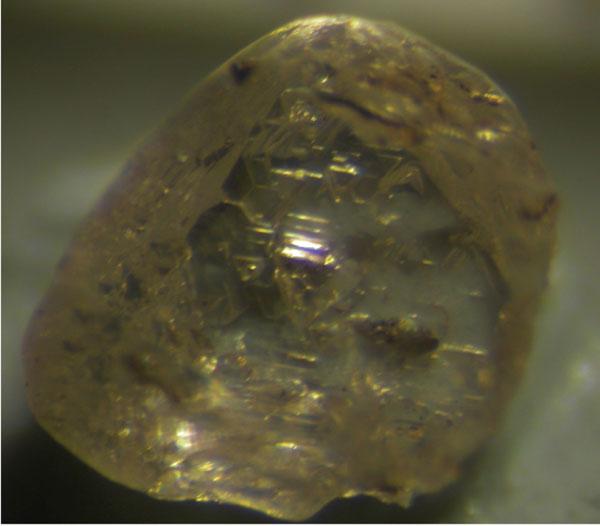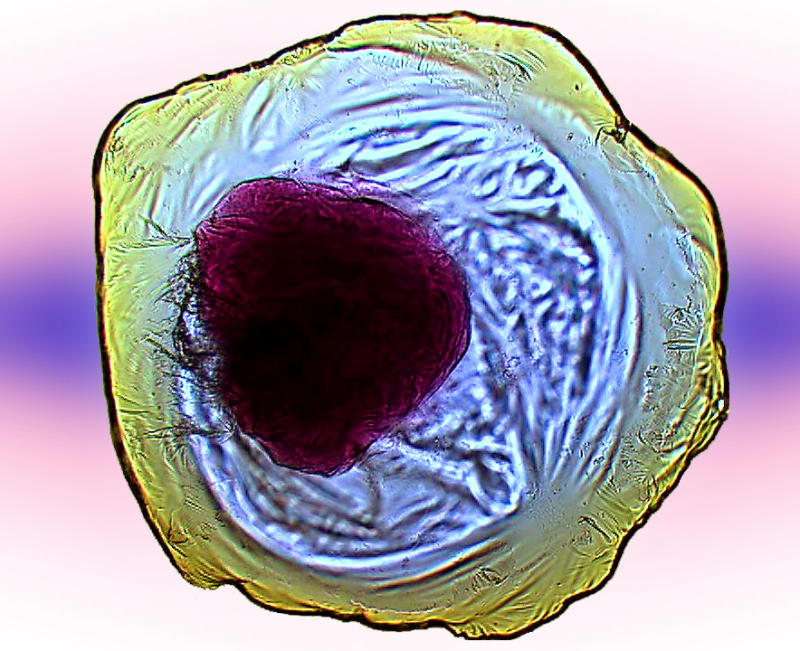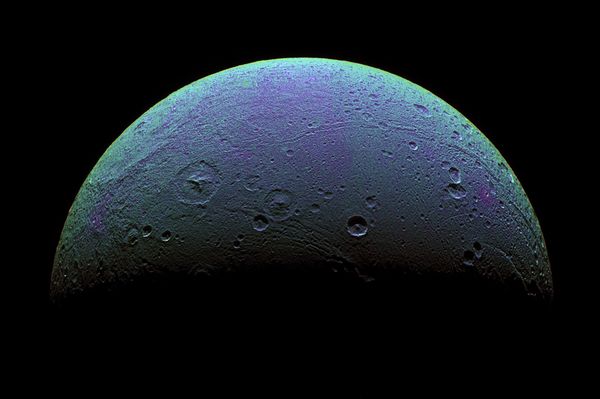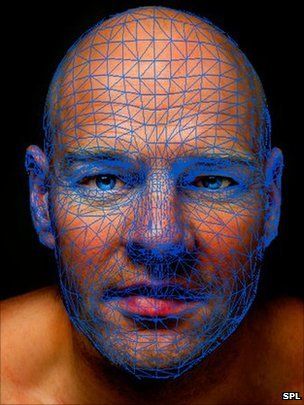
Diamonds from deep underground now reveal that the activities of life can have effects far beneath Earth's surface, researchers find.
All life on Earth is based on carbon. This element moves through the atmosphere, oceans and the planet's crust in a pattern called the carbon cycle. Humans and other life on Earth are part of this cycle - for instance, we and other species live off nutrients made with carbon, such as sugars, fats and proteins, and also exhale carbon dioxide and emit the gas with our cars and factories.
The most well-known parts of the carbon cycle occur at or near the Earth's surface, but recent studies have hinted the carbon cycle might extend much deeper into the Earth's interior than is generally thought. For instance, oceanic crust loaded with carbon-rich sediment could delve, or subduct, to mix with the upper mantle layer of hot rock that reaches about 410 miles (660 kilometers) down, or even to the lower mantle below that. If true, more than just Earth's thin crust might play a role in this key cycle - a much larger fraction of the planet might be involved as well.
However, proof that such cycling occurs has proven difficult to come by.
Now "superdeep" diamonds from Brazil reveal the carbon cycle does indeed reach deep into the mantle.











Comment: As effective as this 'emotion detector' may turn out to be, there is one group that will continue to spread lies without fear of detection.